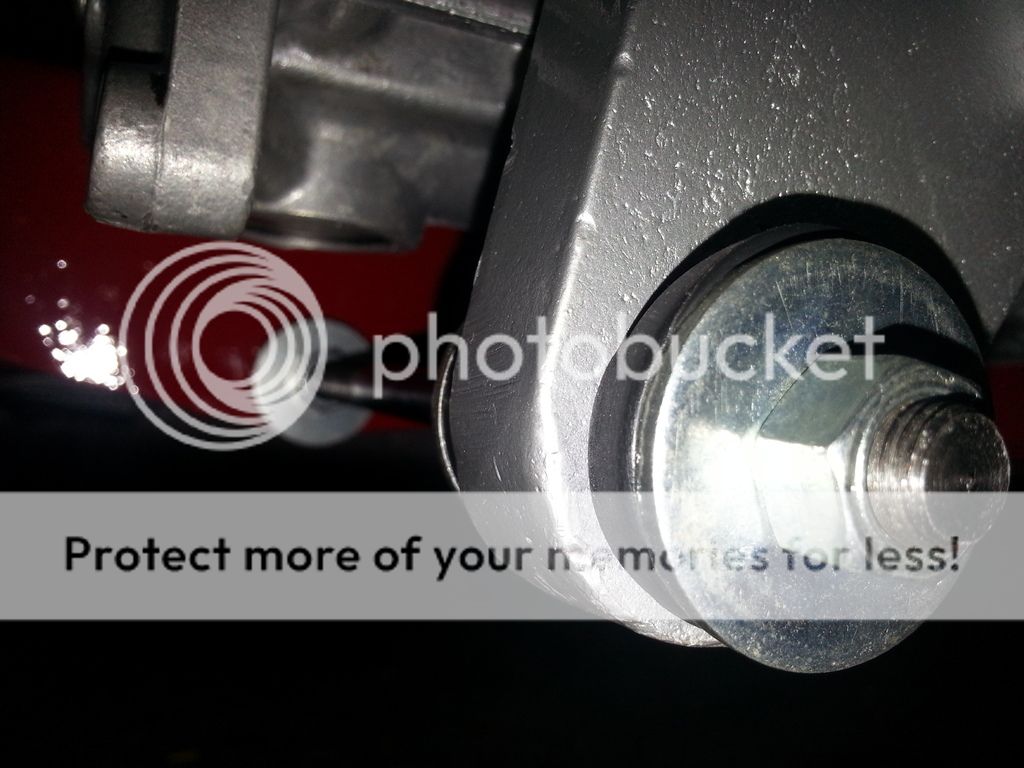donnie_leo26
Freshman Member
Offline
I recently started working on this car (new to me) and chose to fix some small odds and ends. I did basic vehicle maintenance and fixed some minor leaks and just cleaned the car up and showed some proper TLC towards it. Prior to me showing some attention to the car, I noticed that the car had a really rough time taking off from a dead stop. It is extremely jerky and hard to modulate throttle unless the clutch is slipped a little to make the engagement an acceleration as smooth as possible. In part to doing maintenance I opted to rebuild and clean up the carburetors with a kit from Moss Motors, the carburetors were then reinstalled and balanced and the car idles pretty smooth for its age changes. The car is not stock which makes diagnosing this particular problem a little more difficult and the fact I am not to familiar just adds to it. The car has .040 over sized forged pistons the camshaft is ground and nitrated with the final specs being .270 degrees of duration and .280 degrees of lift. The car is outfitted with an early 3000 BN7 or BT7 series transmission with revised ratios and overdrive. I am open to any help on this since at this point the only thing left would be linkage from the pedal to the carburetors and the movement of the motor on take off. Thanks and I hope for a first post I am not going to be flamed!

 Hi Guest!
Hi Guest!

 smilie in place of the real @
smilie in place of the real @
 Pretty Please - add it to our Events forum(s) and add to the calendar! >>
Pretty Please - add it to our Events forum(s) and add to the calendar! >> 


